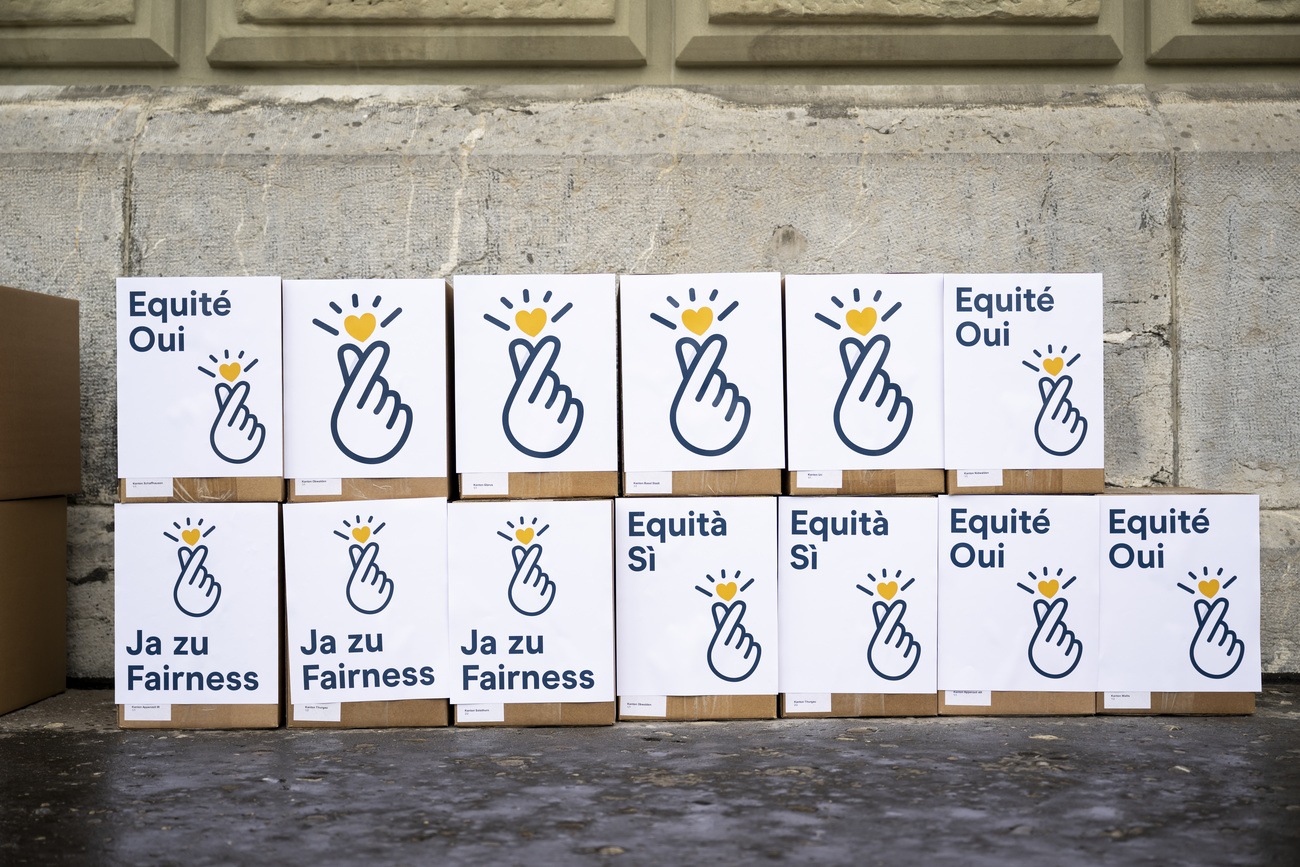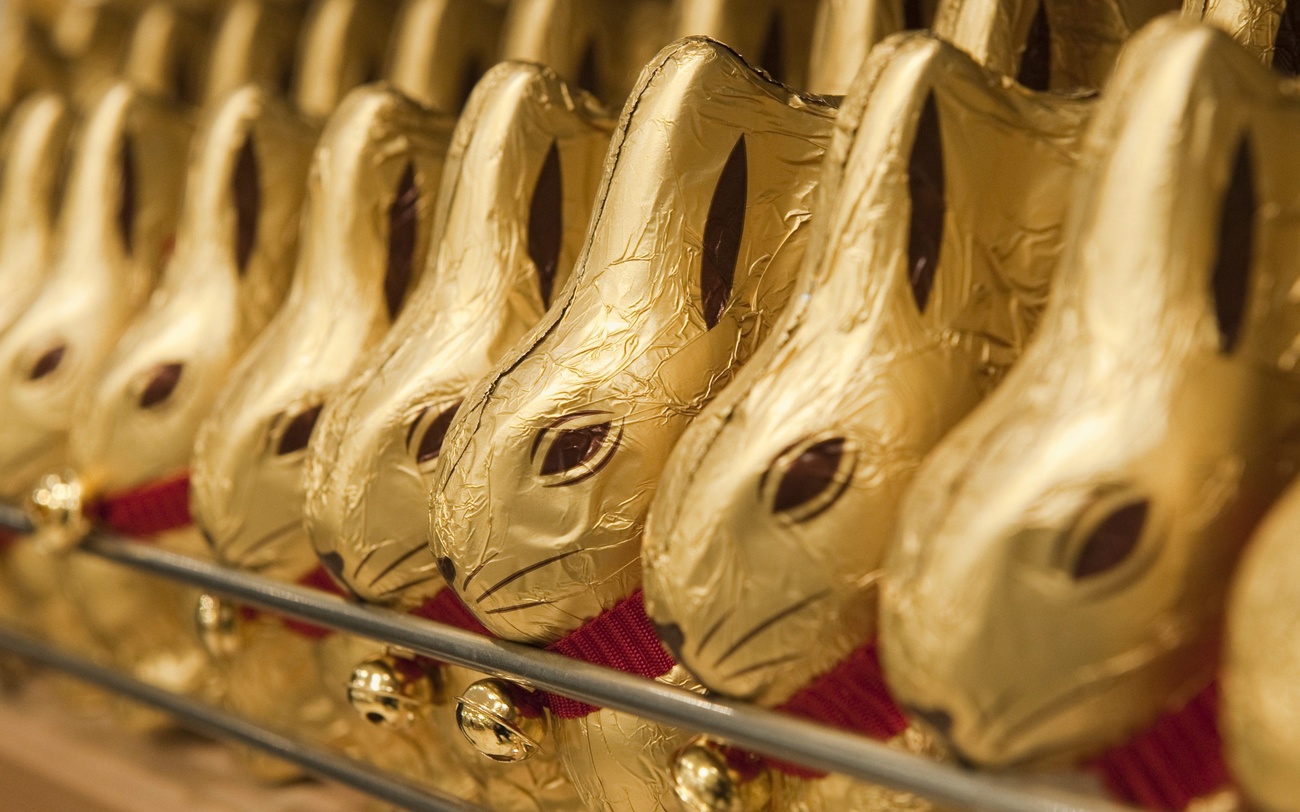
Switzerland Today
Greetings from Bern,
Spring in Ticino is looking a lot like winter in Bern today. The snow is piling up in the typically sunny canton, snarling traffic as many holidaymakers thought they could head south to escape the cold for the Easter weekend. It turns out having no plans for the weekend was the best plan.
More on what’s keeping Swiss busy in the lead up to Easter in today’s briefing.

In the News: Avalanche statistics, pension payments, and more pressure on aid and sanctions.
- Fourteen people died in avalanches in the Swiss Alps this winter, mostly ski tourers, the WSL Institute for Snow and Avalanche Research (SLF) reported on Wednesday. This is slightly below the long-term average of 17 for the same period.
- Switzerland’s Centre Party handed in signatures for two initiatives aimed at “achieving justice for married couples” by ending discrimination linked to taxes and pensions.
- The government outlined its plan to finance the 13th month pension payment initiative, which was approved by a majority of Swiss voters on March 3. It will be paid once a year and will be funded by a rise in employee contributions and, possibly, a rise in value-added tax.
- A Swiss parliamentary committee backed a call for Switzerland to join the international REPO taskforce coordinating western sanctions against Russia. Supporters argued that as a leading trading centre for Russian raw materials, Switzerland bears great responsibility to implement sanctions and would benefit from more information exchange.
- The director of the UN Relief and Works Agency for Palestine Refugees in the Near East (UNRWA), Philippe Lazzarini, called on Switzerland and the European Union to resume their support for the organisation. The foreign minister suspended its annual contribution of CHF20 million after allegations UNRWA employees were involved in the massacre in Israel last October.

Crime statistics contradict narrative about who is to blame for rising crime.
As we reported earlier this week, crime is on the rise in Switzerland. But what didn’t receive much attention when the statistics were released was who is most affected by crime. The German-language paper Tages-Anzeiger took a deep dive into the dataExternal link and found that while people with a Swiss passport are more often victims of violent crimes, the situation is more complex.
In fact, on a per capita basis, foreigners were affected more than one and a half times more often and asylum seekers more than three times as often. The discrepancy is even clearer when it comes to serious violent crimes. This is also assumed to be an underestimate given foreigners are less likely to report crimes because they are less familiar with the Swiss system and tend to trust the police less according to crime prevention specialist Dirk Baier, interviewed by the paper.
The data analysis also found that the likelihood that a Swiss national is a victim of a serious act of violence by a foreigner is statistically close to zero.
The findings should give people pause in the country, says Baier. “The perfect victim for the media is a young Swiss woman or an older person who appears innocent and defenseless,” said Baier. The male foreign teenage victim doesn’t fit into this narrative.

How do you know it’s Easter where you live? In Switzerland, it’s the gold bunnies.
“One of the most invasive animal species ever spreads across Switzerland – the Lindt golden hare,” wrote the Neue Zürcher Zeitung today. Around 140 million gold bunniesExternal link are “born” every year. The smallest of them weigh 10 grammes, the heaviest specimens weigh a whole kilo.
I have to admit that I’ve fallen under the gold bunny spell once or twice over Easter, thanks to their shiny exterior and little red bell. And, of course the creamy chocolate inside. But it turns out that the gold bunnies have sparked plenty of scandals. The first of course is its origin story. Supposedly the Gold Bunny was invented in 1952 by a father who created it for his daughter.
Or, so the story goes. The NZZ finds that its true the bunny was invented in 1952 but in Germany and in fact has been produced in the same factory there for 70 years. For the first 40 years of its “life”, the gold bunny was only sold in Germany. It only hit Swiss supermarkets in 1994.
Even then, not all supermarkets are happy to have the bunny on display. In fact, last year the popular Swiss supermarket chain Migros stopped putting Lindt bunnies on their shelves because the brand was eating into the sales of Migros’ own chocolate brand – Chocolat Frey.
The scandals don’t end there. The company has fought various legal battles to secure trademark protection for the bunny. In 2013, it lost a battle in Germany that would have allowed it to be the only “sitting” chocolate bunny. However, it won a more recent battle for the trademark over the golden color.
The latest challenge is to the bunny’s bell. The EU wants to reduce “unnecessary” packaging parts and that could include the famous red bell.
Is it all worth it? The Gold Bunny is Lindt’s third top selling product. Even with all the challenges, there’s still one secret ingredient the Gold Bunny has that other chocolates don’t – Roger Federer as a fan.
More

In compliance with the JTI standards
More: SWI swissinfo.ch certified by the Journalism Trust Initiative

